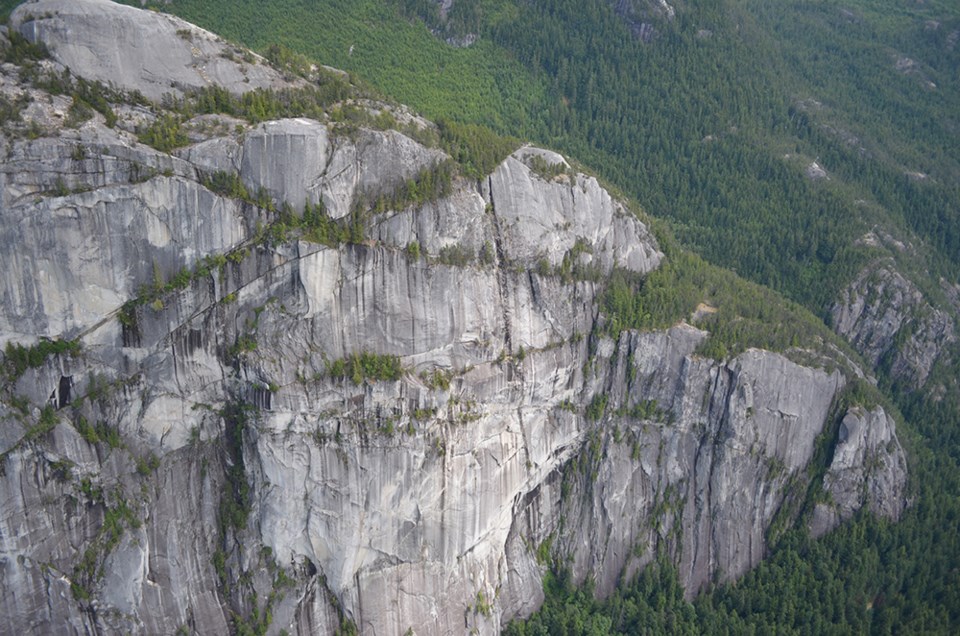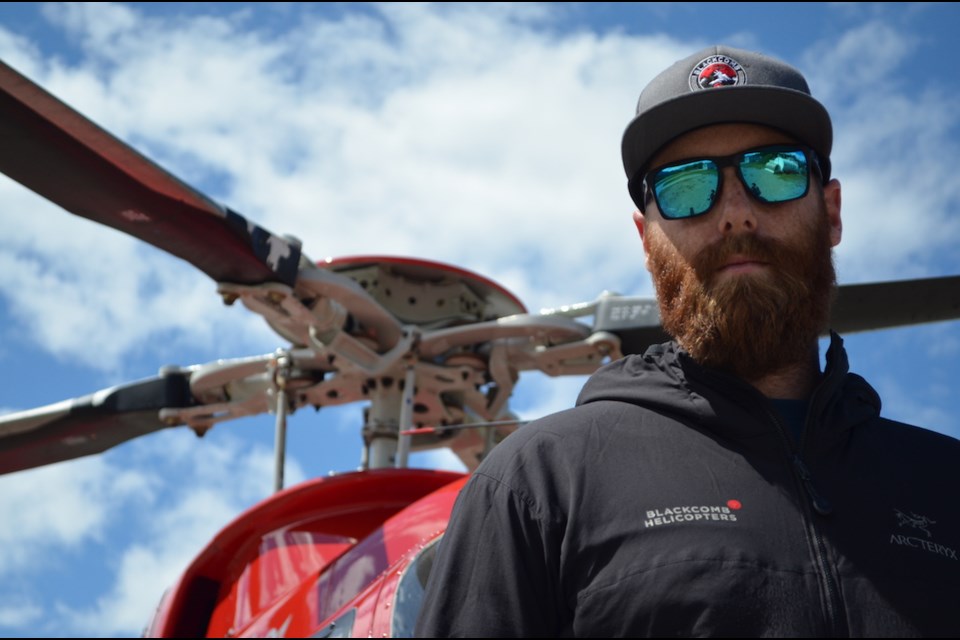Whether it's airlifting an injured backcountry adventurer to the hospital, setting up communications infrastructure or giving sightseeing tours, local pilots at Blackcomb Helicopters need to be ready for anything.
They have no choice - lives often depend on it.
It's a sunny June day, and Pat Fonseca starts filling up one of the company's helicopters, a Bell 407 C-GFCC, with fuel.
The aircraft will be needing it soon, as it can run through about 220 litres each hour.
Aside from guzzling a lot of fuel, the six-passenger helicopter can carry up to 2,200 pounds in external loads, cruise at a speed of 130 knots and fly up to 342 nautical miles in two-and-a-half hours.
But for now, it won't be pushed to those limits.
Rather, the Bell will be taking things a little easier, as Fonseca will be doing a brief sightseeing tour this afternoon.
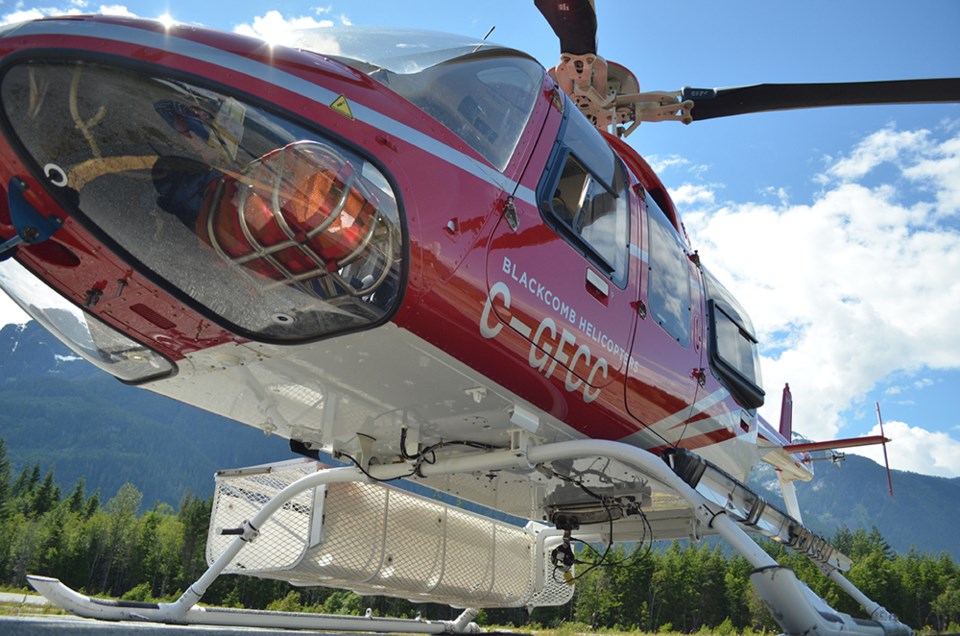
Once in the cockpit with seatbelts on, the helicopter blades start turning slowly. Within moments, the blades speed up and a dull roar fills the air.
The radio is crackling with life. Voices of other flyers and radio operators can be heard.
The aircraft is now drifting upwards like a plume of smoke. Soon the Bell is soaring over town. The Squamish River becomes a gentle teal S-curve in the distance at the bottom, and the clouds become neighbours that seem to be within an arm's reach.
It's a familiar ritual every time the helicopter takes off.
While the current circumstances are leisurely, there are many other cases when pilots go through this routine for more pressing matters.
Blackcomb Helicopters is hired by Emergency Management BC to provide aerial support for search and rescue groups, such as Squamish SAR.
“Usually, we're sitting down for dinner and the phone call goes off, and it's search and rescue,” said Fonseca.
“From the air, it's, I'd say if nothing else, rewarding when we finish the task and everyone's out of the bush safe and sound. It's kind of every different emotion, depending on the call.”
At the time of this interview, which was on June 15, the Blackcomb Helicopter team was involved in operations that were making headlines.
In one case, 25-year-old Meredith Sambu was declared missing after he fell into the Squamish River on Mother's Day.
“That went on for three days - it was a pretty harrowing thing,” said Ben Hawkins, pilot and base manager for Blackcomb's Squamish headquarters.
Hawkins had also just recently rescued a fallen climber.
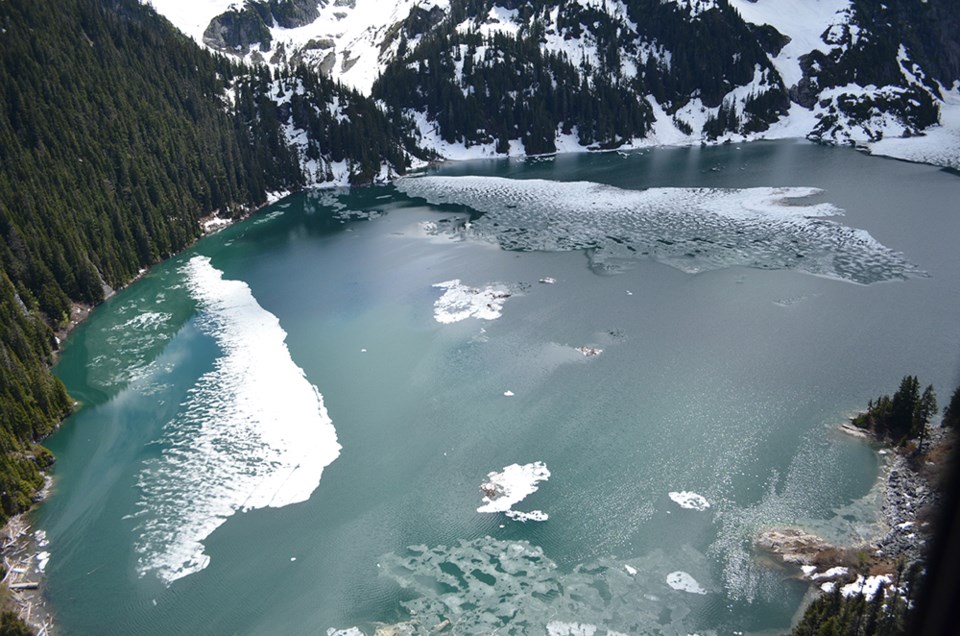
“I pulled that girl off Slhanay there, who fell,” he said, referring to a climber who took a fall on June 1.
Later that weekend, Hawkins went out with a rescue team to hand an extra rope to adventurers who dropped their cord and found themselves stranded on University Wall, a climbing route on the Stawamus Chief.
“We're at Number 47 this year,” he said. “It is going to be a busy year.”
That was a statement that has proven to be prescient.
Local search and rescue teams have since been deployed a number of times, and entered the national spotlight when crews were deployed to a tragic accident in Shannon Falls.
There are many rescue efforts which have better endings, though.
“Somebody's lost and we go out and find them,” said Hawkins. “We pick them up and they're so happy to get out of there. They learn - which is the big thing we want them to do.”
The organization also helps fight wildfires.“I was fighting fires in the upper Pitt River 10 days ago,” said Hawkins.“We've got the fire bucket sitting there because we're expecting thunder and lightning this weekend.”
Hawkins said the company's pilots will sometimes spot the fires themselves. A phone call to Coastal Fire Centre later, and they'll be in action.
But handling emergencies isn't the only important work that these crews find themselves doing. There's a lot being done behind the scenes.
For example, in an area as mountainous as the Sea to Sky Corridor, helicopter crews play a vital role in making sure phones in the area have good reception.
Hawkins said it's routine for Blackcomb Helicopters to fly in crews and equipment to fix microwave towers.
“A whole bunch of communications towers sitting on the side of the hill - I don't know whether you notice them,” he said back on the ground, gesturing around the horizon points at the Squamish airport.
He said that BC Hydro has a microwave site that shoots off from the area and gets reflected to a substation.
“That's how everybody communicates,” said Hawkins. “All of your stuff is running on microwave repeaters shooting information up and down the whole of the province. So these things link up mountaintop to mountaintop.”
The crew had just recently taken workers to a site behind Woodfibre.
“There's a communications site up behind there,” he said. “That links Lions Bay, Britannia Beach and the highway all through there.”
When the Olympics were taking place, Hawkins said, the event organizers realized that there would be a huge spike in communications traffic.
Tourists from across the world would be at the Games with their smartphones and cameras in hand, sending messages to their hometowns.
As a result, Blackcomb Helicopters was called in to help crews set up a new array of microwave links in the Black Tusk area that would beam reception into the Callaghan Valley, he said.
“They were anticipating, you know, 20,000 people sitting at the bottom of the ski jump streaming live video to Austria and Switzerland and everything like that,” said Hawkins.
“They had to provide the bandwidth to let that happen. So we spent a year before that just putting in this infrastructure to make sure everybody got what they needed.”
Prior to that project, cellphone reception in the Callaghan Valley was virtually nonexistent.
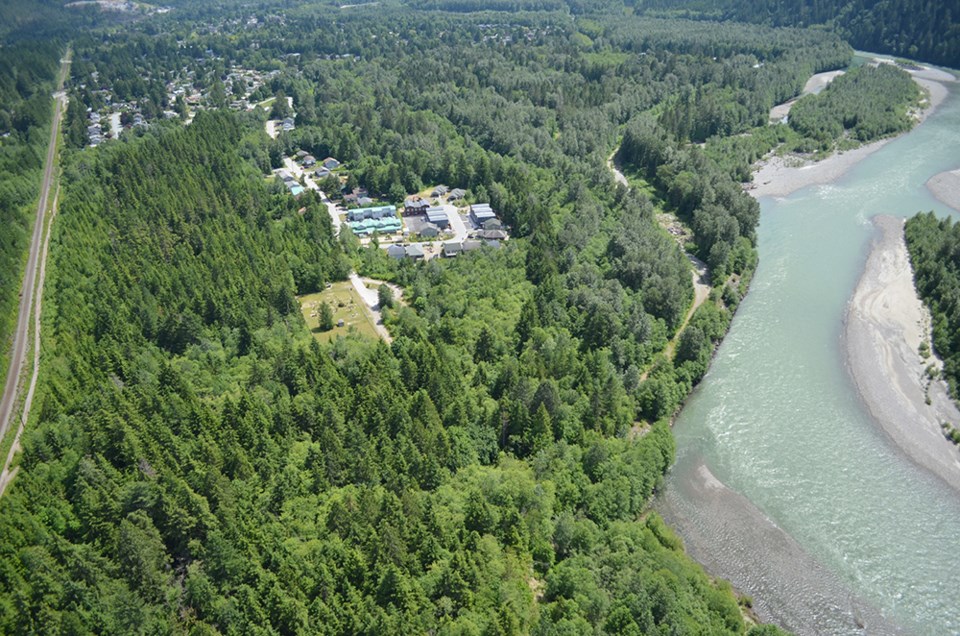
In addition to the behind-the-scenes construction of infrastructure, Hawkins said the work helicopter crews do can vary widely.
Generally speaking, they can also be involved in flying workers out to remote sites, as well as exploration for new places to mine or log.
Hawkins said he was part of a team that flew in a million trees that were part of a replanting initiative.
“It's kind of fun,” he said.
But then there are also the special requests.
On some occasions, Hawkins said, he'll find himself soaring up above the horizon in order to honour the dead.
“We've even done things like taking people's ashes up and scattering the ashes,” he said.
“What else do we get to do? There are so many, so many, things.”
A few minutes before Hawkins made that comment, Fonseca leaped back into the cockpit of the Bell 407 C-GFCC. He had to go to another assignment.
The crimson helicopter started hovering forward and ascended back into the sky, the sound of its rotors echoing in the distance.
